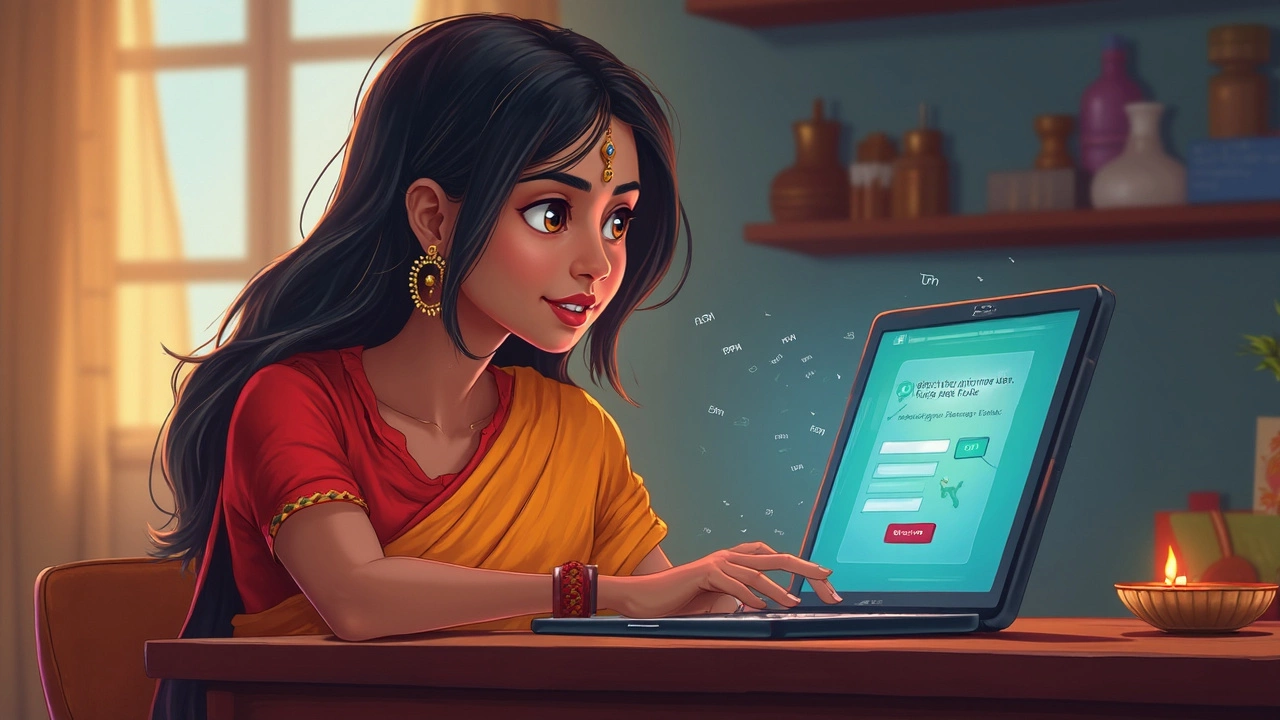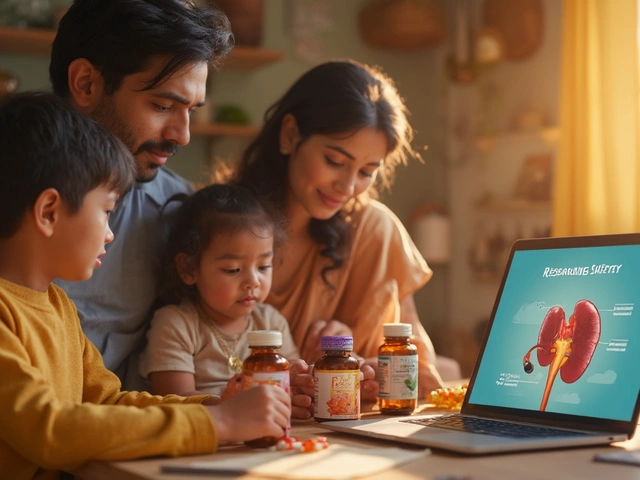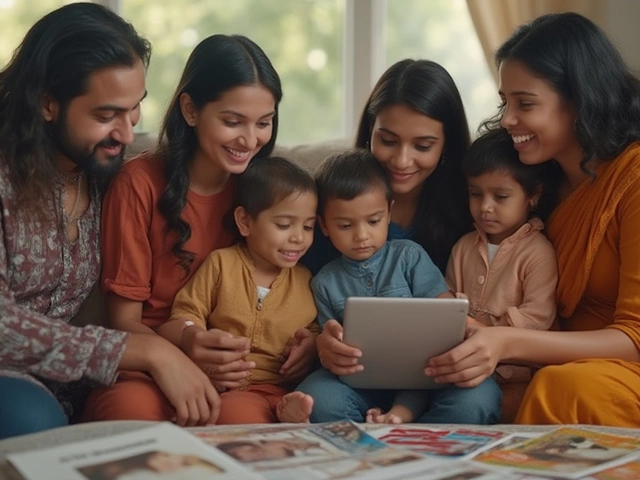How to Choose Safe Online Pharmacies in India
Buying medicines online is super convenient, but it can also be a minefield if you don’t know what to look for. A fake pharmacy can slip toxic substances into your meds, waste your cash, and put your health at risk. Below are the real‑world steps you can follow right now to make sure the site you’re using is legit and safe.
Check the license and registration
The first thing to verify is whether the pharmacy has a valid licence from the Central Drugs Standard Control Organisation (CDSCO) or a recognised state authority. Most trustworthy sites display a licence number on the footer or an "About Us" page. You can copy that number and search it on the official CDSCO portal to confirm it matches the pharmacy’s name and address. If the site hides this information or gives a vague answer, walk away.
Look for a qualified pharmacist on call
A genuine online pharmacy will have a registered pharmacist available to answer questions about dosage, side effects, and drug interactions. When you land on the product page, see if there’s a chat window, a phone number, or a "Ask a Pharmacist" link. Ask a quick question like "Can I take this with metformin?" If you get a clear, professional reply, you’re dealing with a real pharmacist. If you get a generic marketing copy, it’s a red flag.
Next, examine the prescription requirement. In India, most prescription‑only medicines need a valid doctor's prescription uploaded before the order is processed. Safe pharmacies will either ask you to upload a scanned copy or will arrange a tele‑consultation with a qualified doctor. If a site sells strong antibiotics, painkillers, or hormonal drugs without any proof, that’s a sign of trouble.
Read the reviews, but do it critically. Look for reviews on independent platforms like Google, Trustpilot, or pharmacy‑specific forums. Pay attention to comments about delayed deliveries, unexpected pills, or missing batch numbers. If many users mention "wrong medicine" or "toxic side effects," avoid that pharmacy.
Price can be tempting, but ultra‑low rates often hide hidden costs. Compare the price of a popular drug like amoxicillin on three different sites. If one site offers it for half the market price, investigate why. They might be selling counterfeit batches that lack the active ingredient or contain harmful fillers.
Finally, protect your personal data. A secure site uses HTTPS (look for the padlock icon) and has a clear privacy policy explaining how your health information will be stored. Never give out your credit card details on a site that asks for unnecessary personal data like your social security number.
By following these checks, you can shop online with confidence and keep toxic medicines out of your home. Remember, a legitimate pharmacy cares about your health as much as you do. If anything feels off, trust your gut and choose another provider.

How to Choose an Online Pharmacy: A Practical Guide
Finding a reliable online pharmacy isn’t just about getting your pills delivered to your door. It's about making sure your medication is real, your money is safe, and your private info stays private. This article breaks down what you need to look for to avoid scams, how to spot legit pharmacies, and how to keep your health (and wallet) protected. You'll get clear steps and smart tricks to make your search way easier and safer. If you plan to buy medicine online, you probably have questions—this guide gives you direct answers.

What is the Hardest Part of IVF?
Mar, 23 2025



